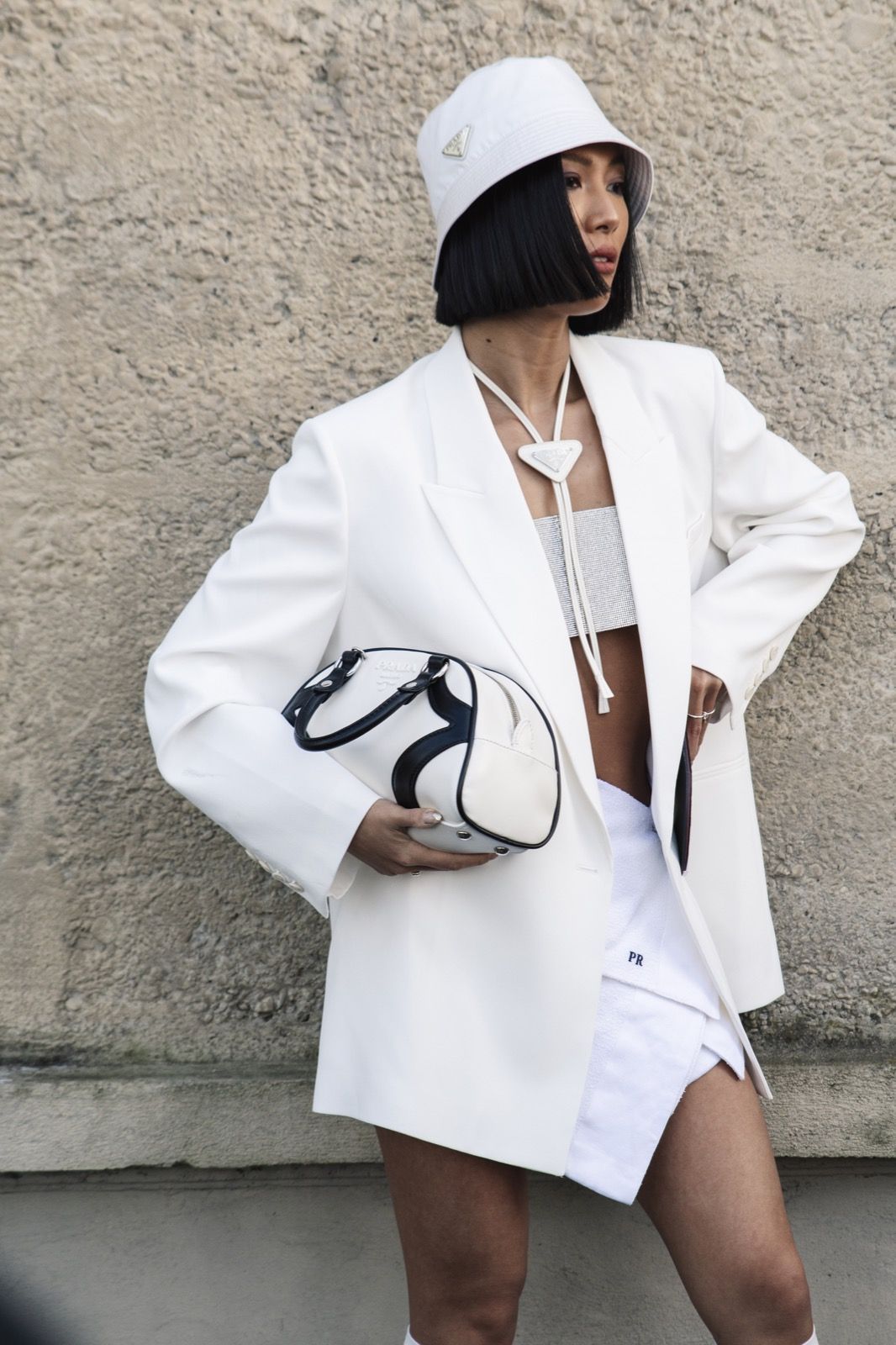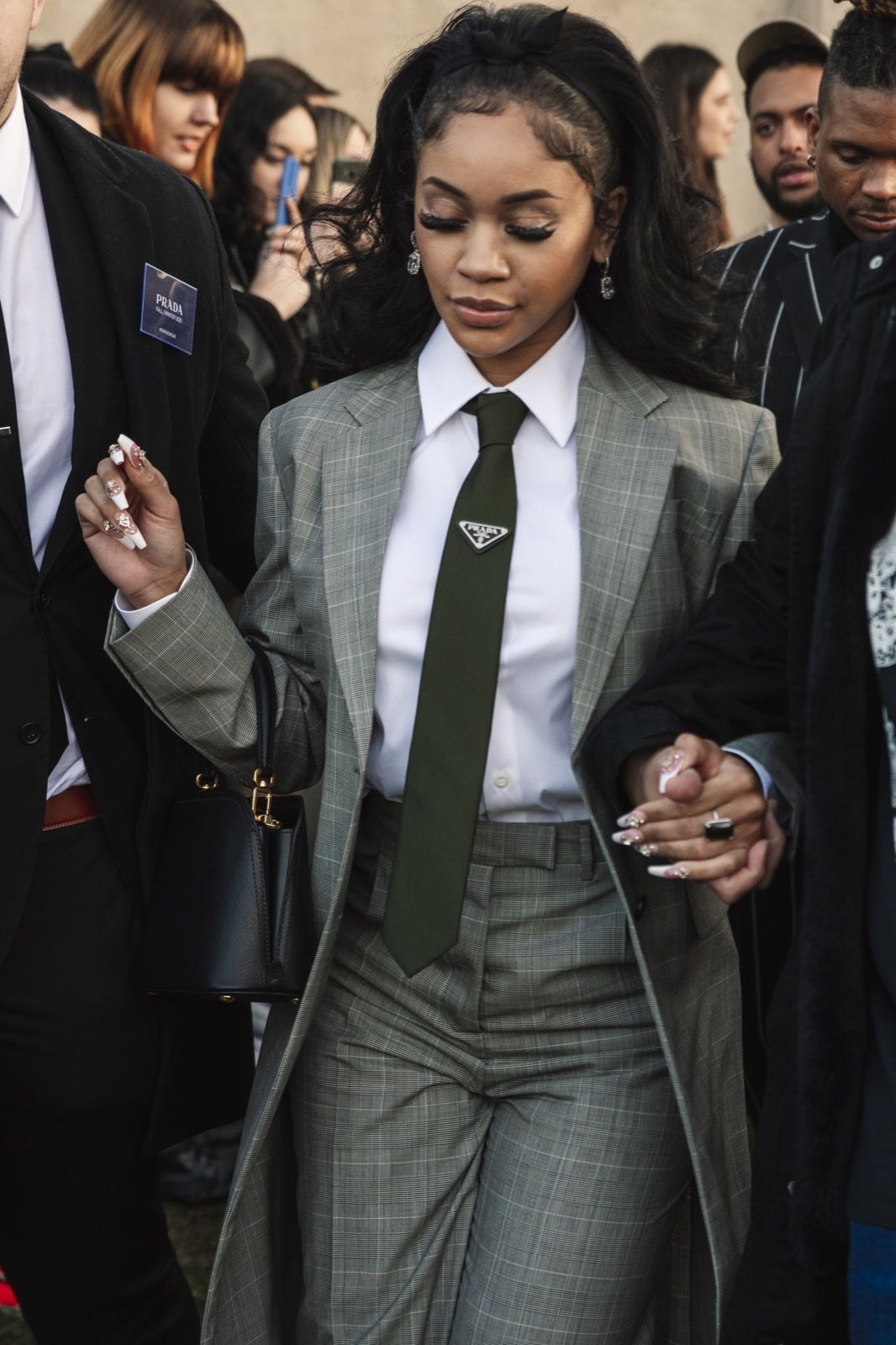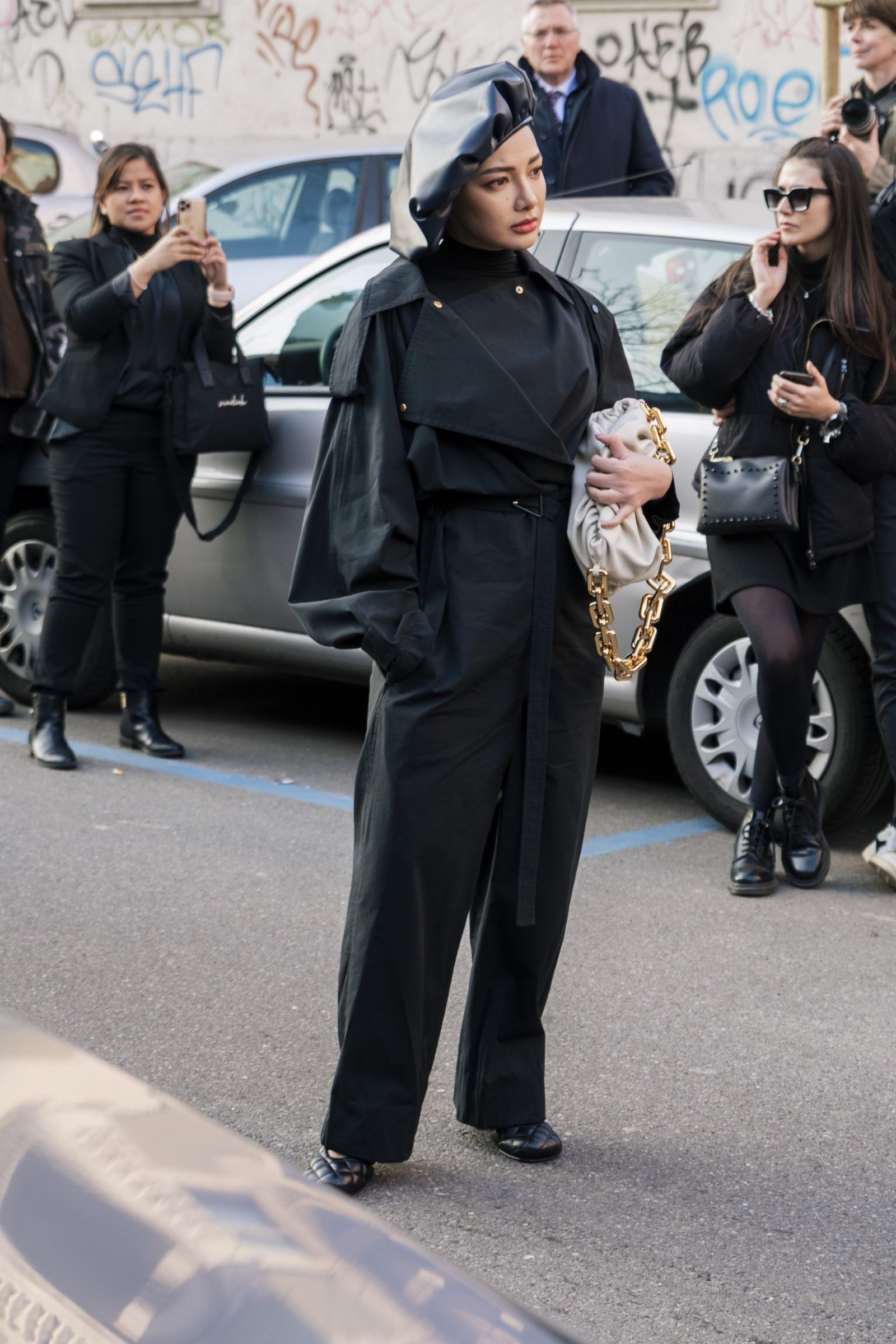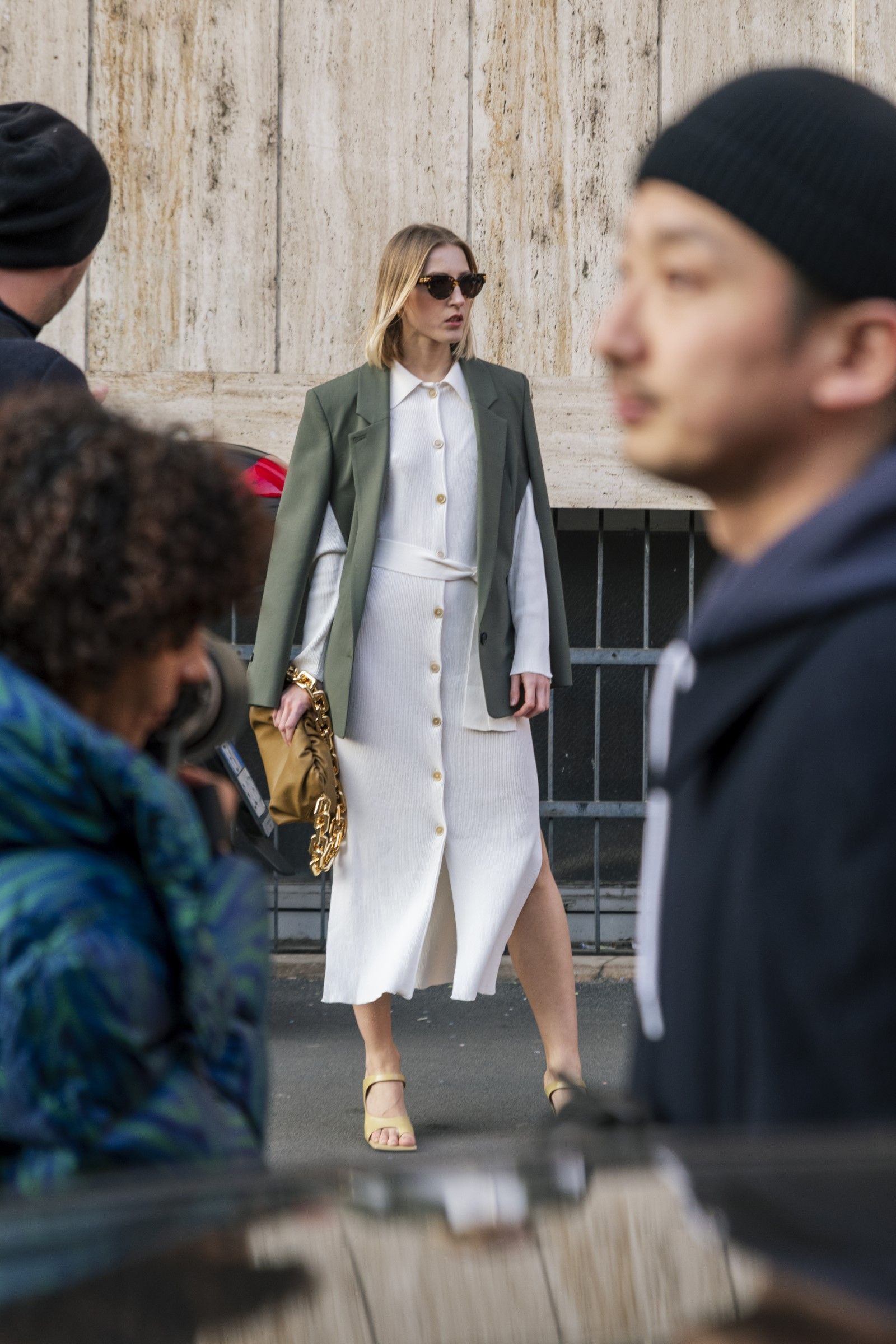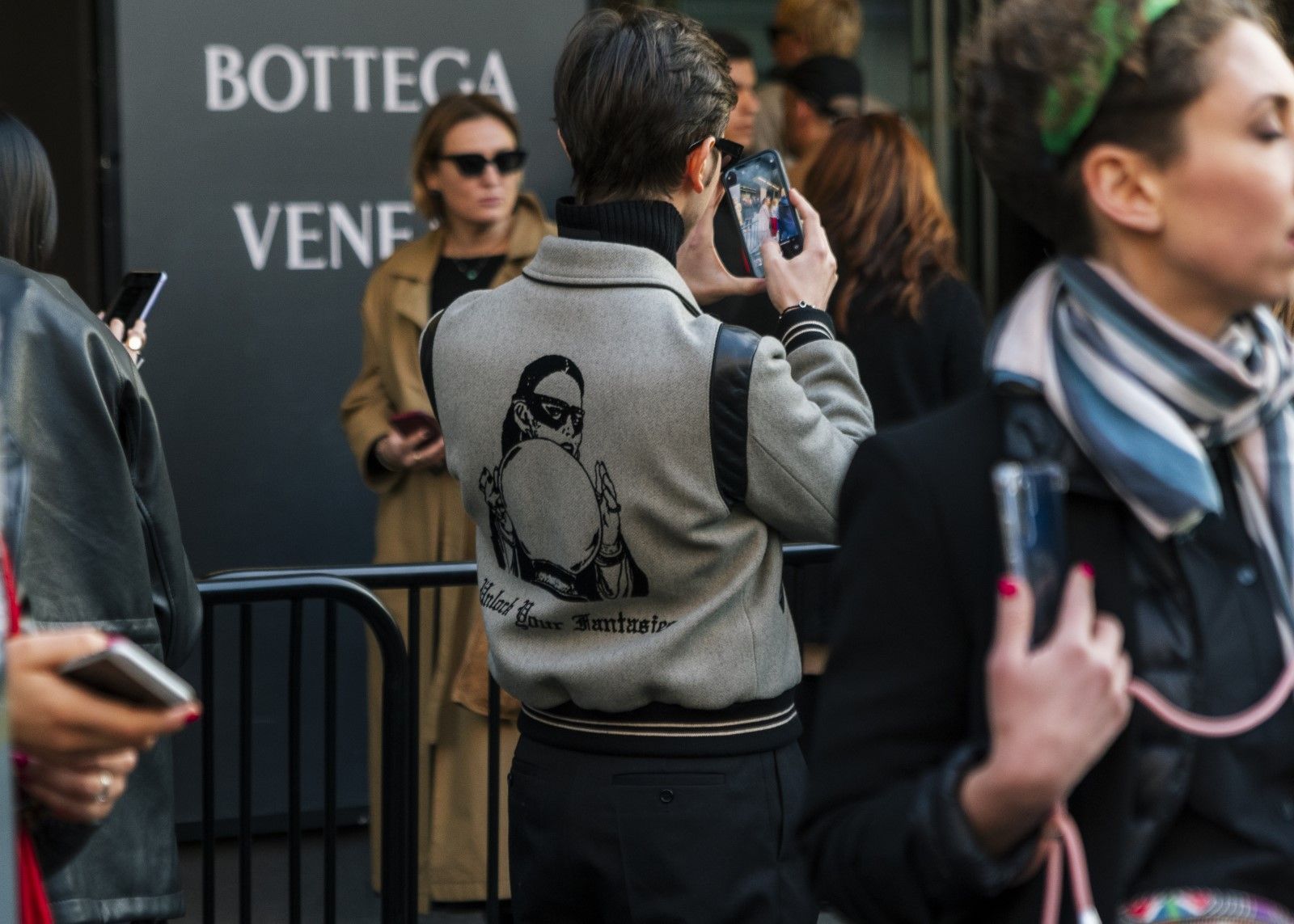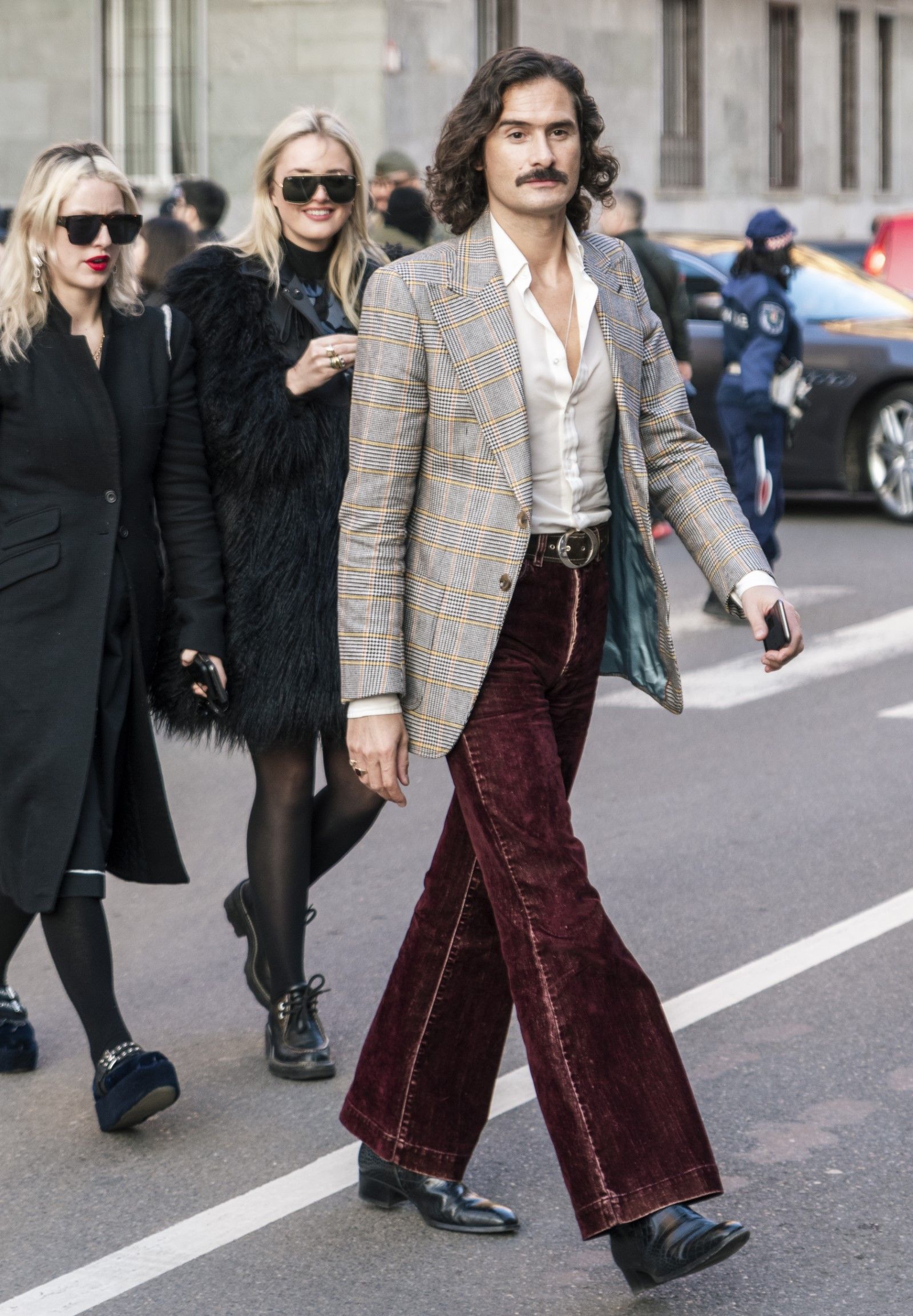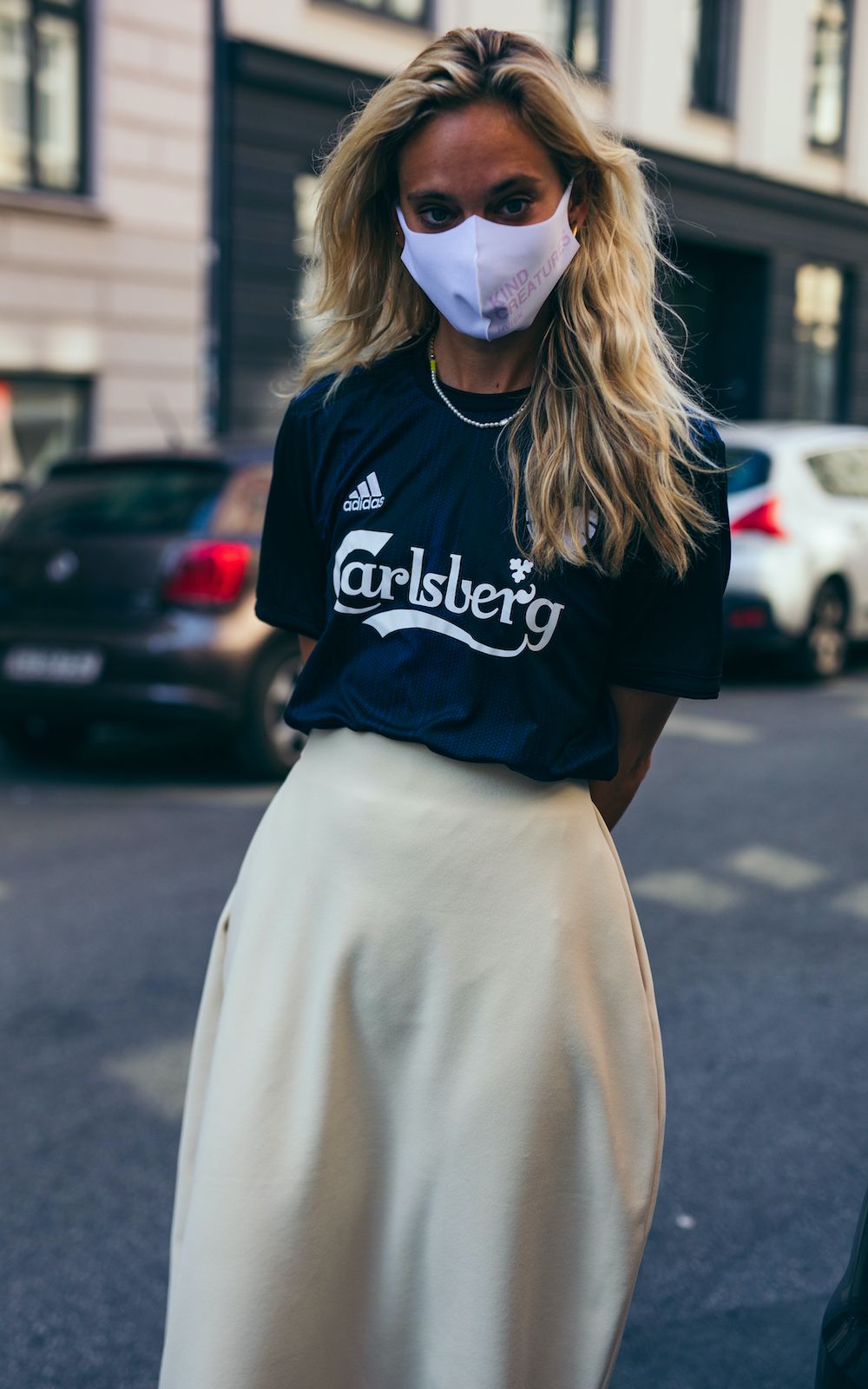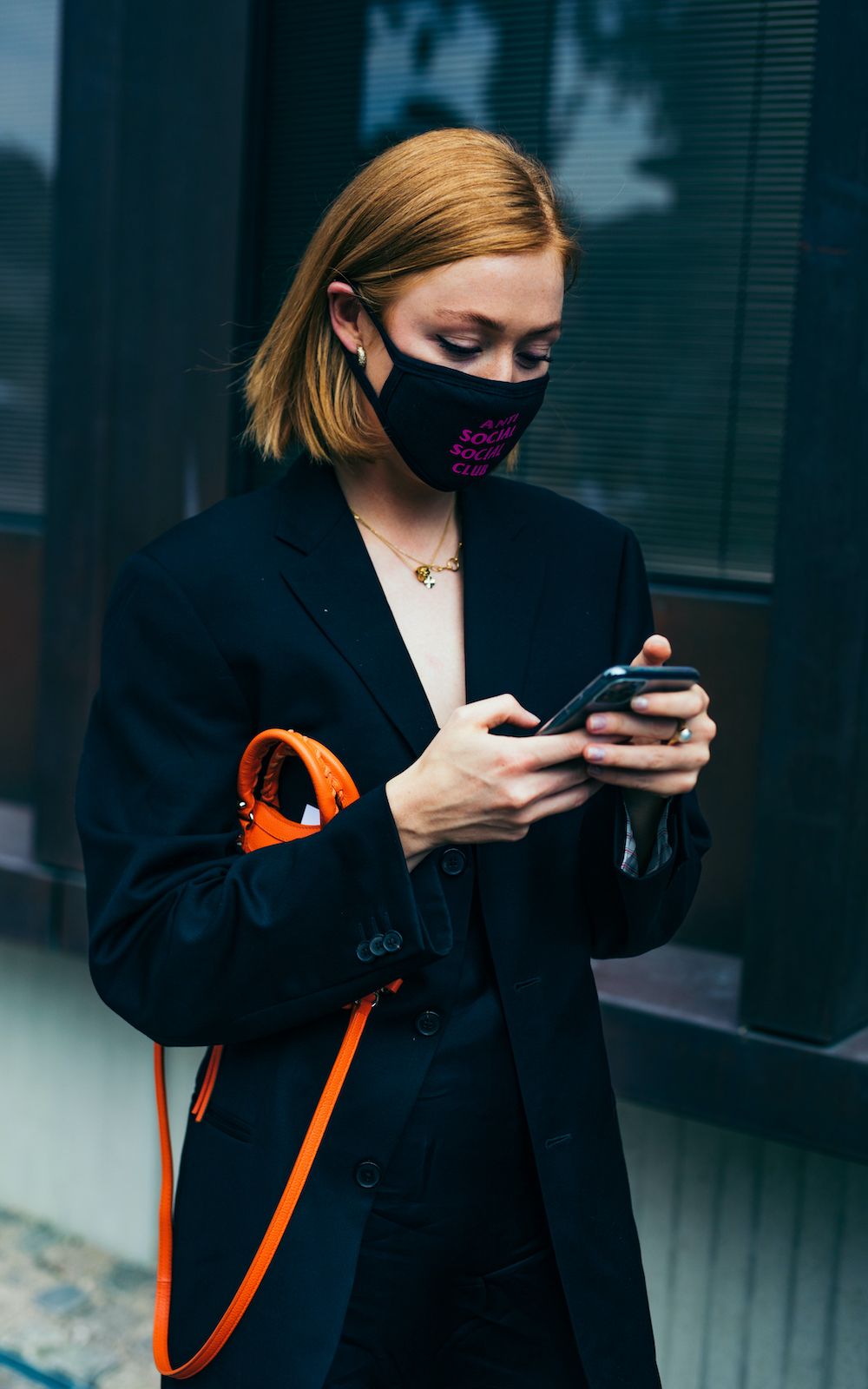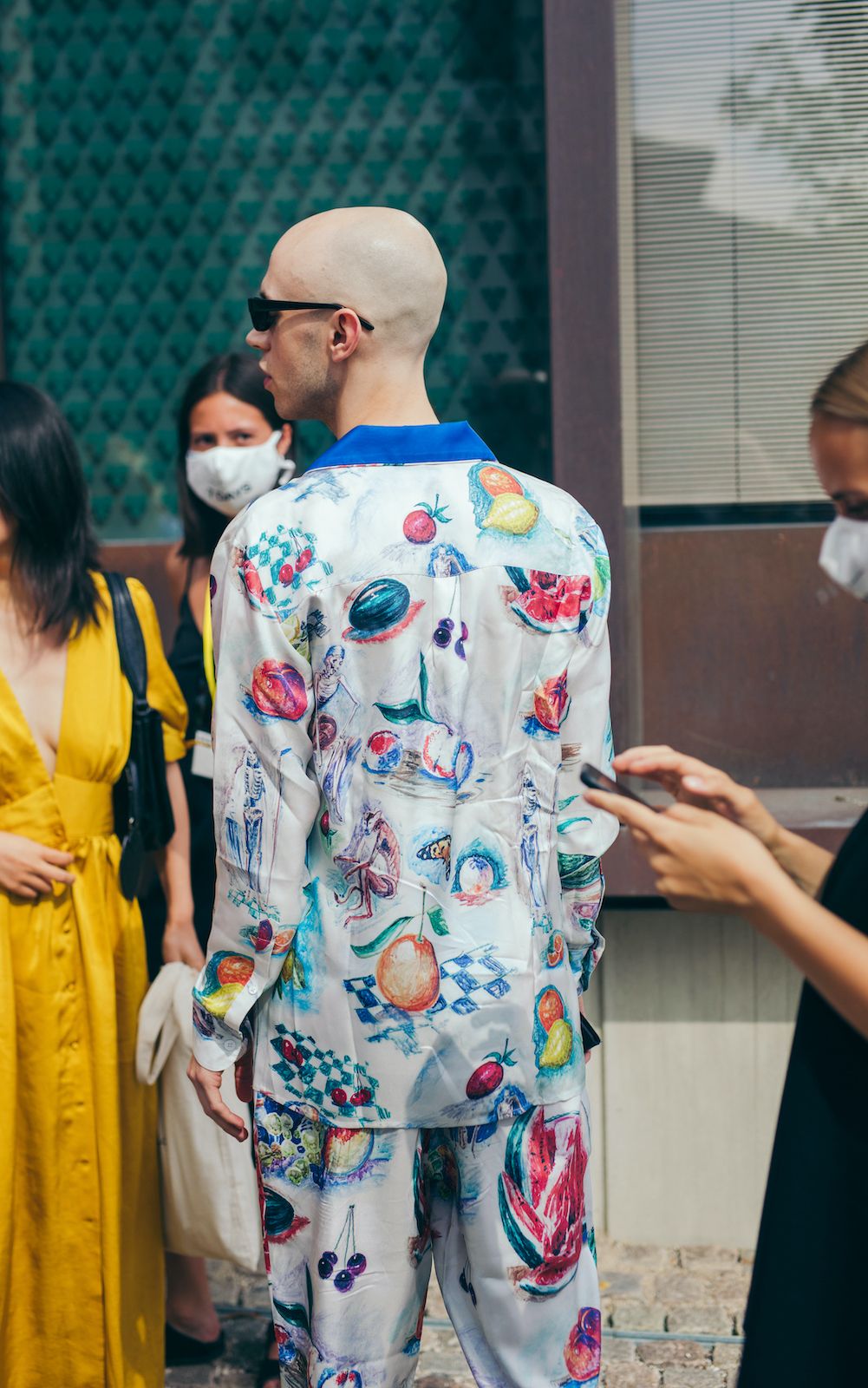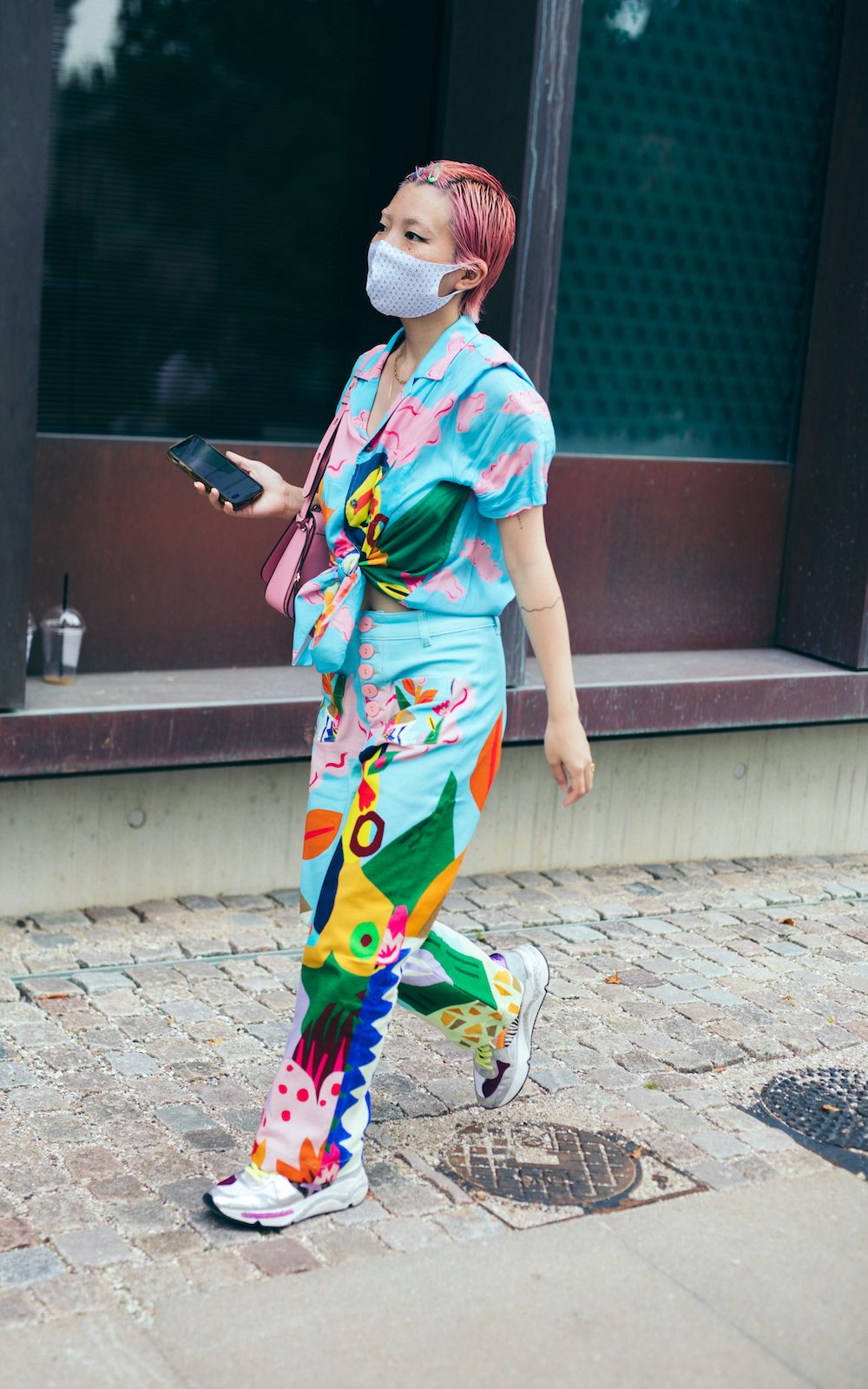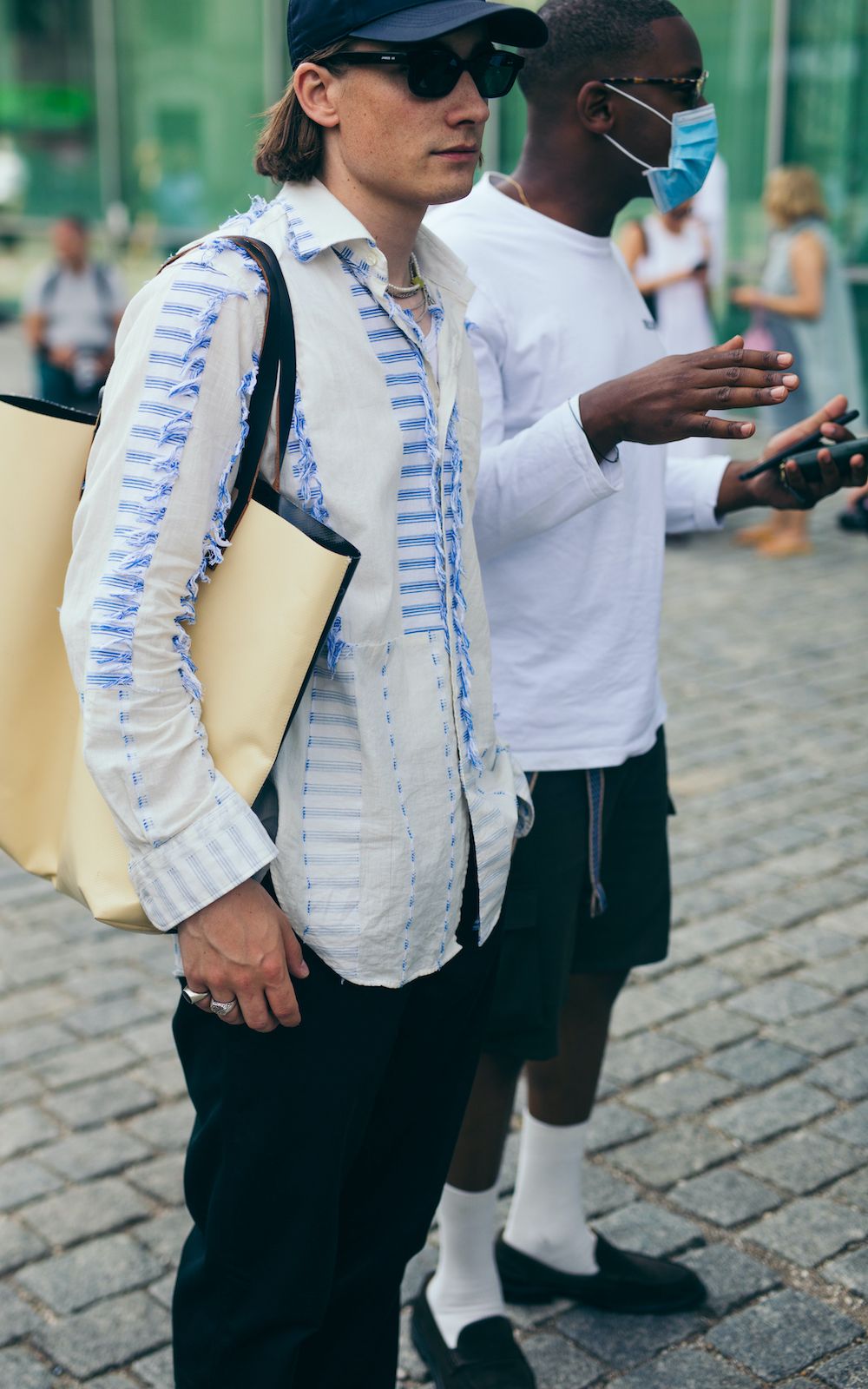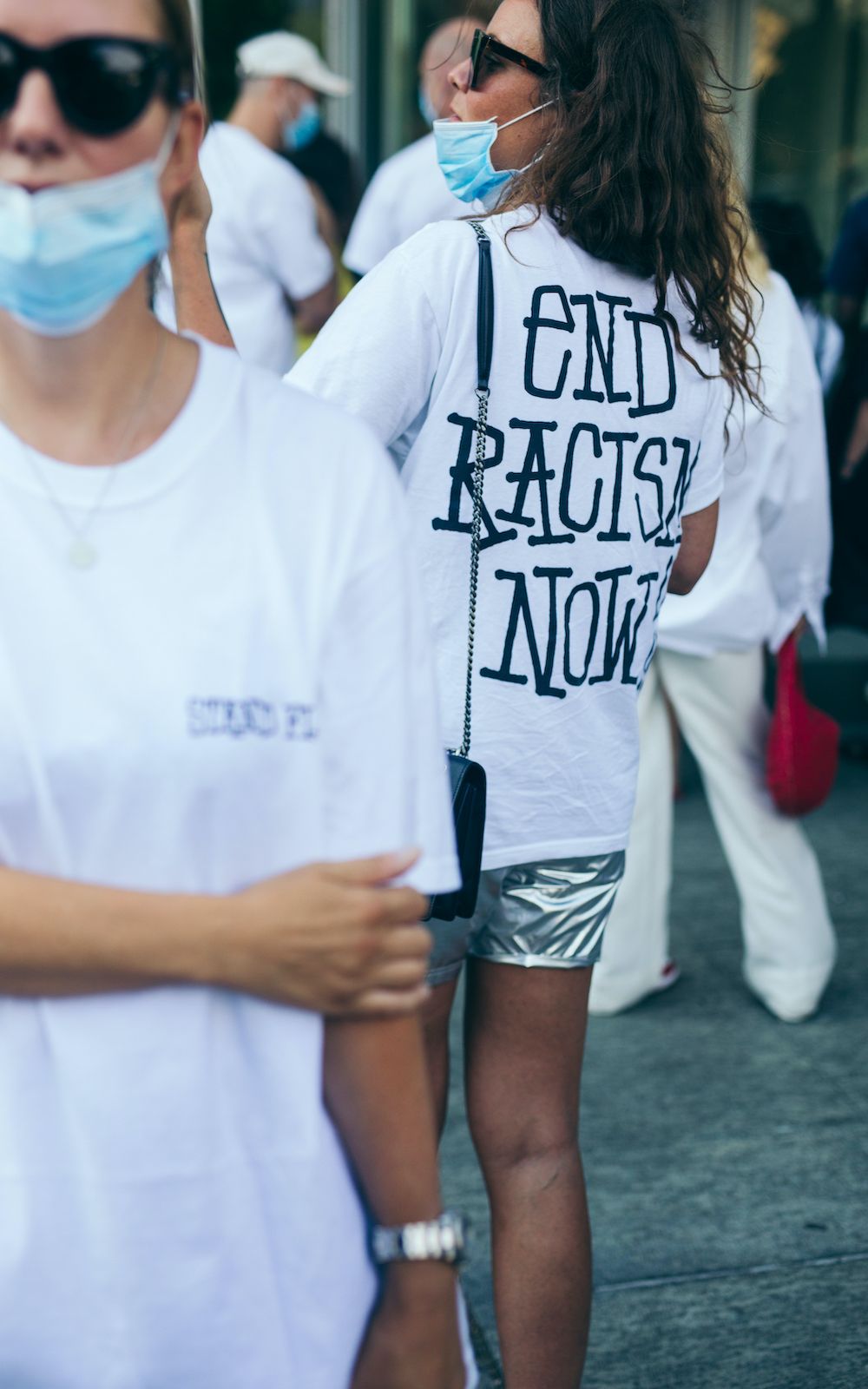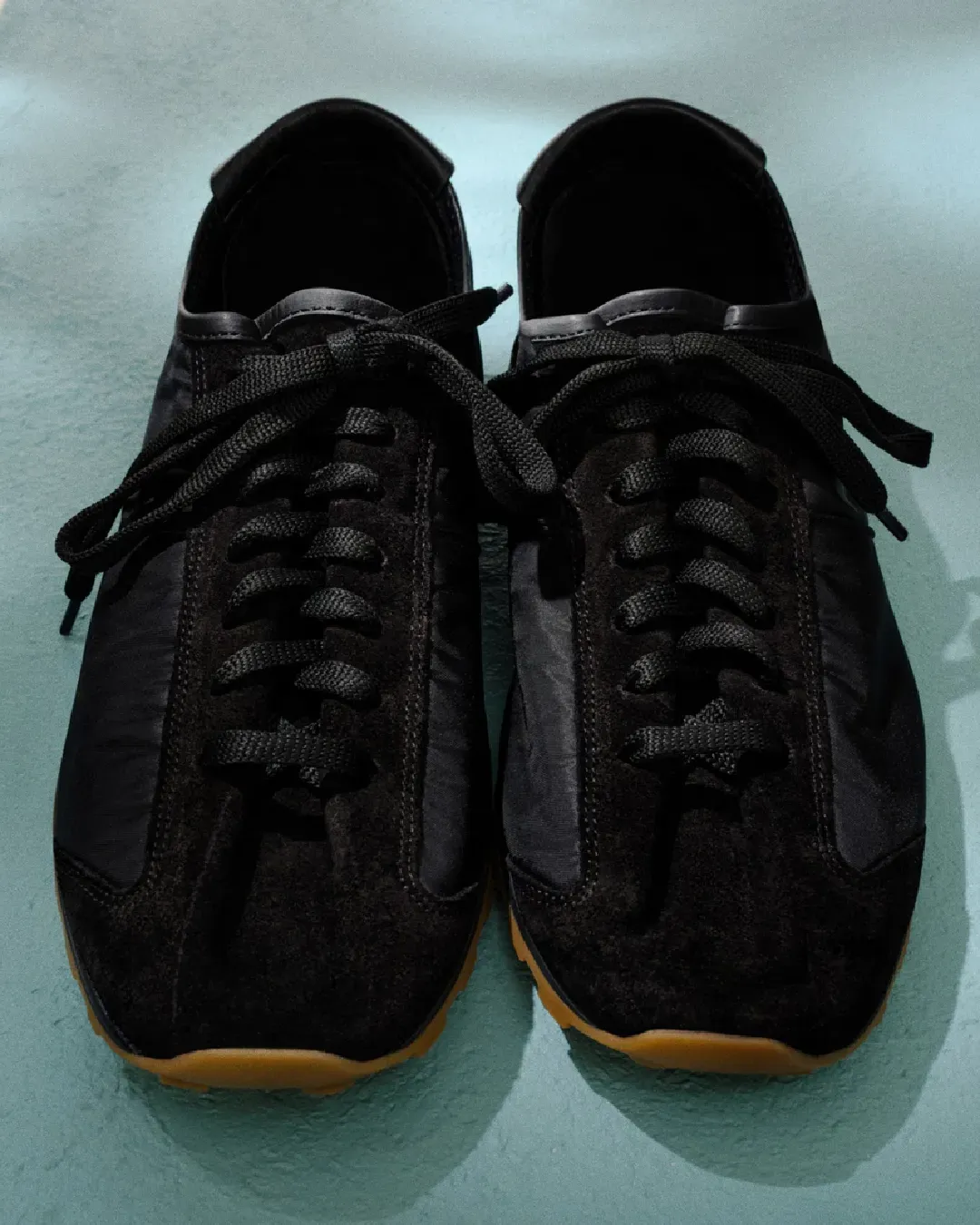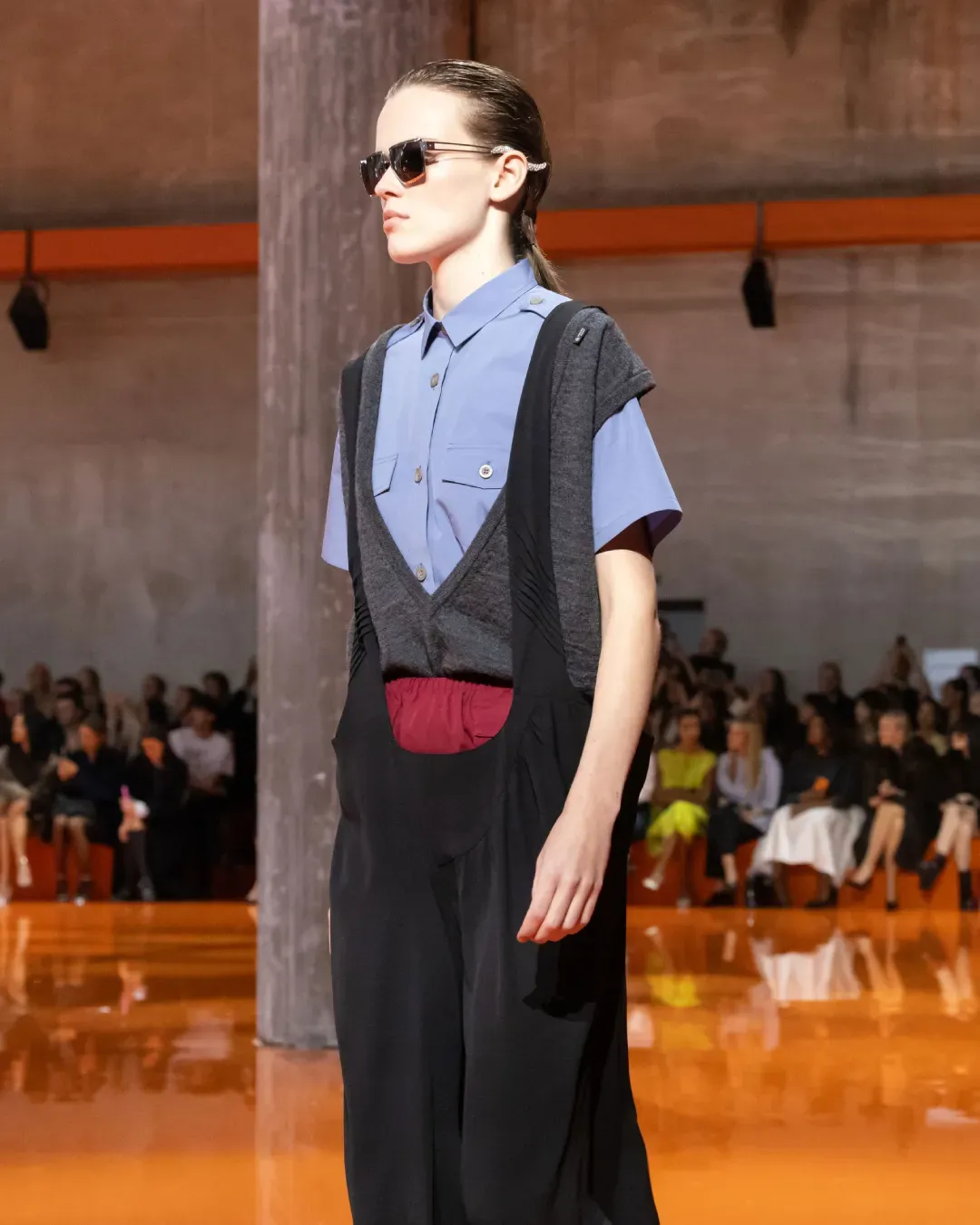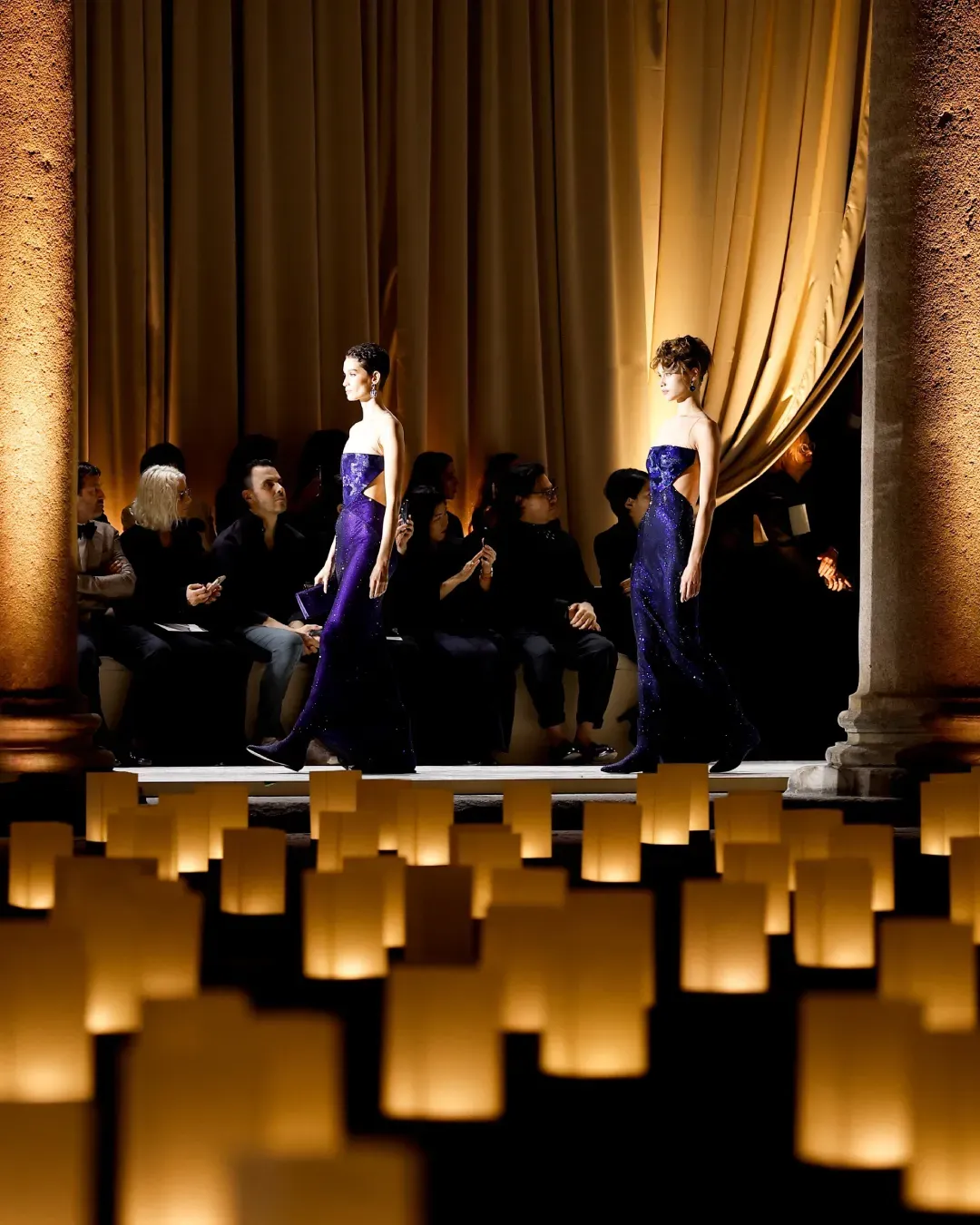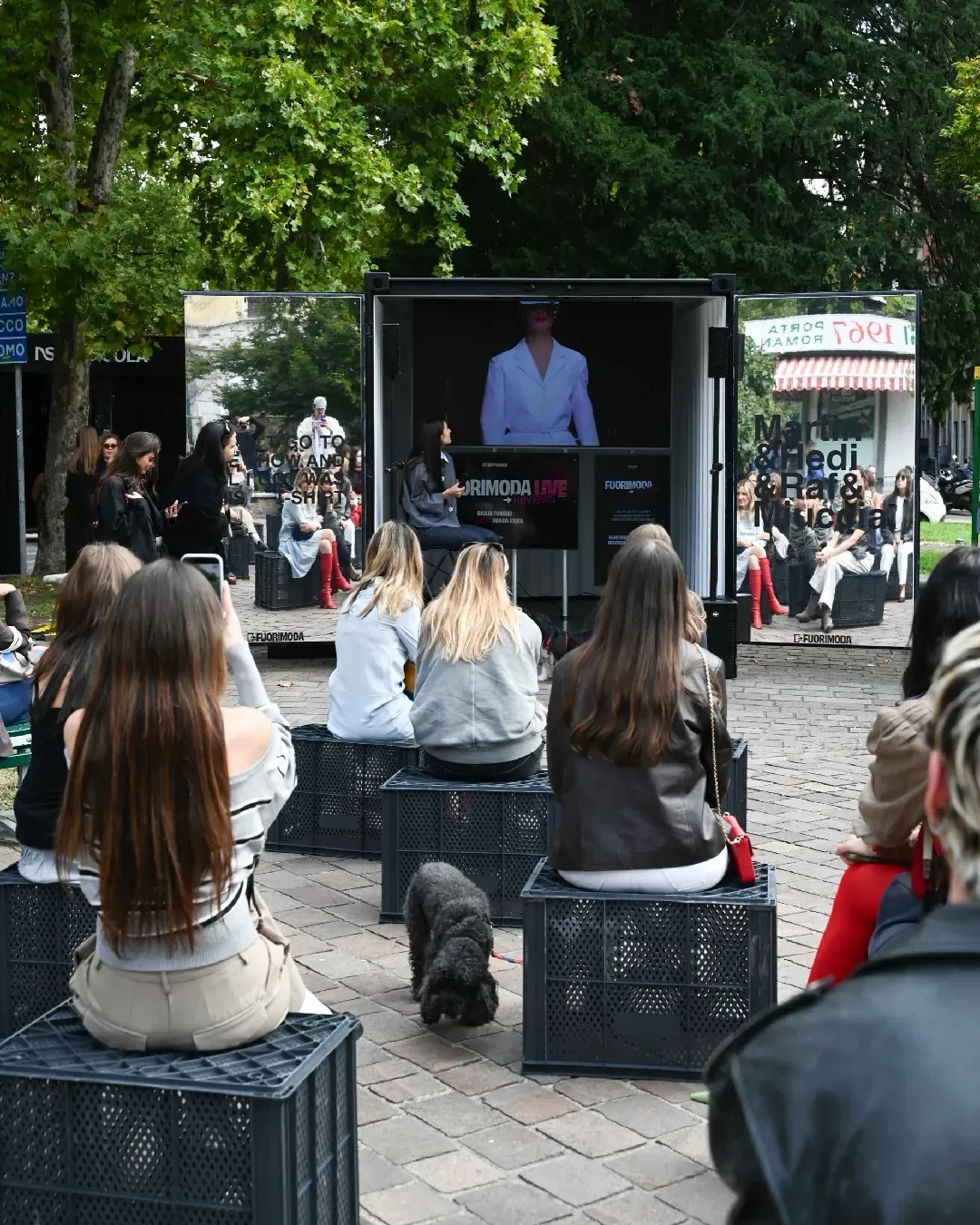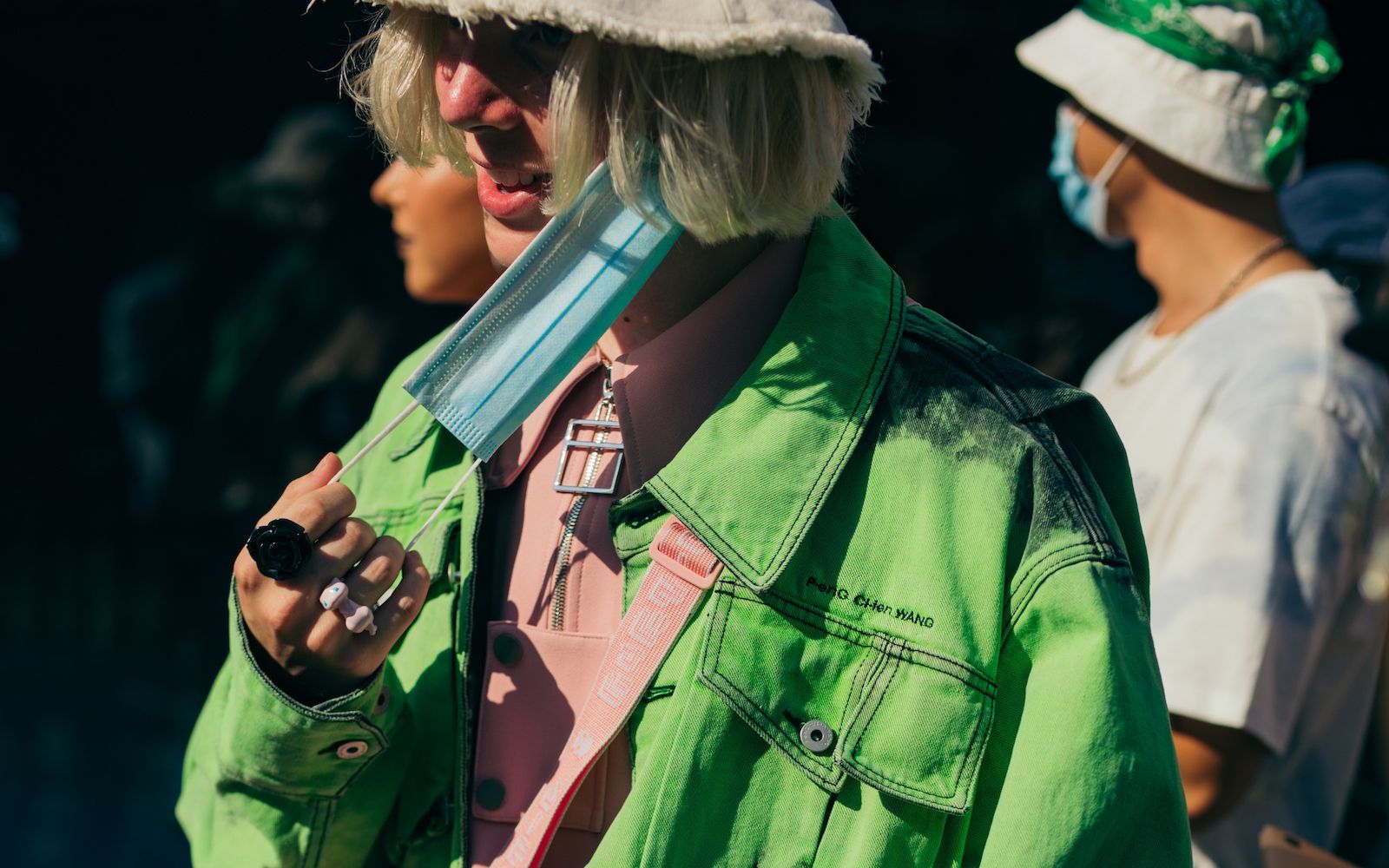
What will happen to September fashion weeks? As cases rise, brands cautiously step forward in desperate hope of restoring some manner of normalcy with SS21 runways.
Earlier this year as the coronavirus quickly blind sided the world, the fashion industry was forced to adapt by implementing changes like the digitalization of fashion weeks which occurred in July. Although many claimed it to be a success in terms of views, many also agreed that there was no way for it to replace the artistic & commercial significance of the physical events. As we now approach September, with desperate hopes of returning to some sort of ‘normal’ , the calendars for what is usually the biggest fashion week of the year have been released, and what is usually the busiest season of the year for the industry has become a diluted schedule mixed with digital events & TBC physical shows.
On a regular basis, September fashion weeks being the largest fashion gathering of the year, one would expect an overcrowded schedule. In Milan, the calendar that usually has 30-40 physical shows is hoping for a number under 20, as brands like Gucci, Jil Sander & Bottega Veneta are notably absent as they have chosen to showcase on their own terms, but still a few weeks in advance , everyone still seems to be scratching their heads.
In this case, Copenhagen Fashion Week which recently occurred two weeks ago might be the best example to look to. As the first full on physical European Fashion Week since February, it was interesting to the ‘normalcy’ the industry so desperately craves being lived so close. Journalist & editor Chidozie Obasi who witnessed the event first hand told nss magazine:
“Copenhagen Fashion Week brought a refreshing start to the physical reality in fashion. Seating allocations were distanced, but that’s to some extent. Most branded presentations acted as normal (just like nothing happened) and people were mingling like prior to covid-19. Masks were compulsory in a few shows, but in most cases it wasn’t mandatory. Of course being so close to people it felt somehow disturbing due to the outbreak not being yet solved, but the ambience felt so galvanised by optimism, as crowds were able to have those one-to-one’s like in the past”.
It’s also undeniable that a lot of pre-planning efforts go into these productions, especially for September, but three weeks in advance and things seem to still be uncertain even for the people behind the scenes. Morena Ru, founder of Milan based production company Connecting Dots explained:
“September is tough, in theory we are preparing a few physical shows with 100-150 socially distanced (likely only European based) guests and video support for everyone but in reality we have to wait and see what the next few weeks will bring. Only then will we know if something changes government wise. We all saw what happened in July, and it wasn’t really a success with the digital fashion week in my opinion , so I think we must try and hope to have a physical show”.
So what was supposed to be a month filled with interesting and exciting new occurrences for the fashion industry, like the first Miuccia + Raf Prada collection, Matthew Williams’ debut at Givenchy among others has become a small glimmer of hope the industry latches on to in anticipation that somehow things will pull through even if it means doing things on a shrunken socially distance scale. One would assume that an ideal example of a socially distanced show would look a lot like Jacquemus’ SS21 runway show earlier this year outside of Paris at the French Vexin Regional Natural Park, where guests maintained socially distanced seating & measures with a show that was still very much in line with the brand’s seasonal aesthetics.
However regardless of aesthetically pleasing socially distanced sets, if things move forward it can’t go ignored that inevitably a huge part of the seasonal event will be sacrificed, as the strict measures will likely not allow for networking events, like presentations, cocktails or press conferences. What exactly does this mean for the industry’s future? At this point, no one can tell.











































